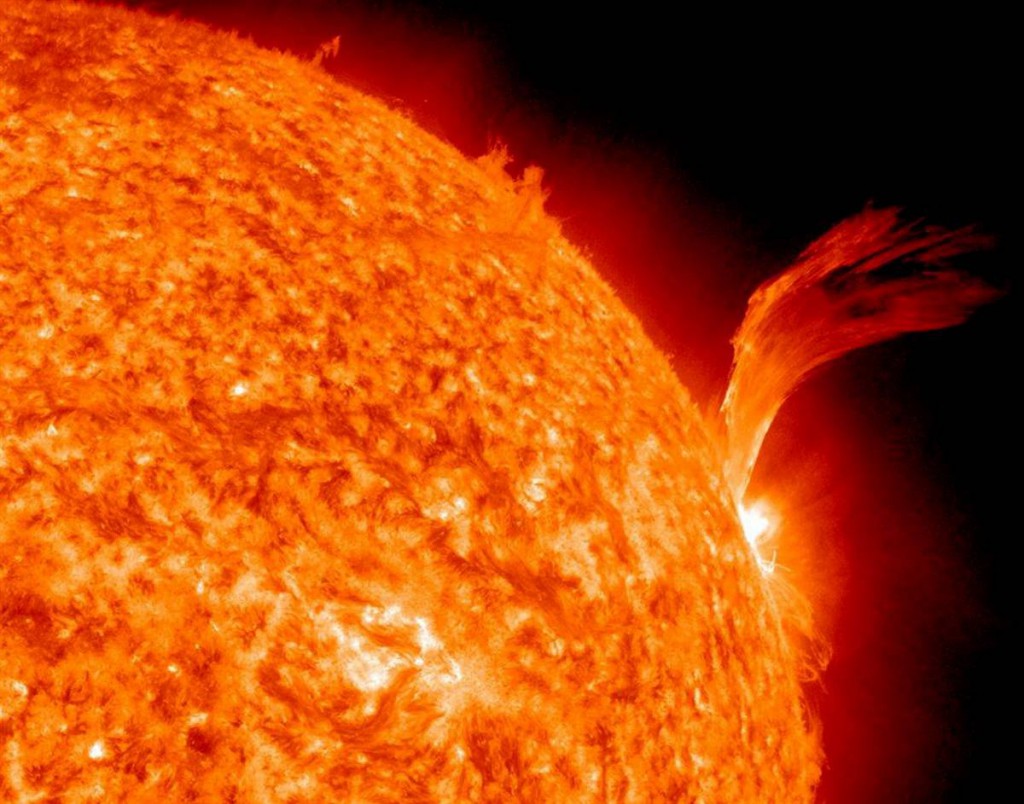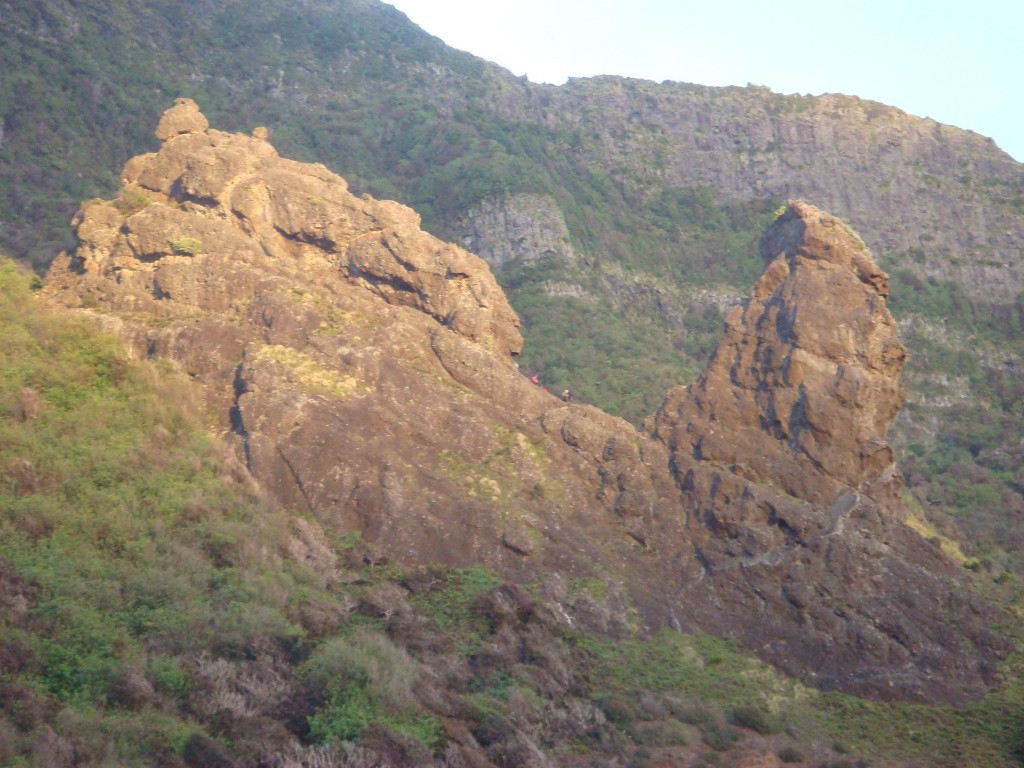Long Count: 12.19.17.8.0 Partial Lunar Eclipse
The countdown to the Easter Island Total Solar Eclipse continues! As the moon and earth come into alignment with the sun we will be treated to a partial eclipse of the moon during the full moon on July 26th, 2010. Observers on Easter Island as well as those on the western portions of North and South America can watch the moon glide through the penumbral shadow of the earth and witness half of the moon eclipsed by the dark umbra of our planet. Lunar eclipses are visible over a much wider area than solar eclipses and this lunar eclipse signals the final approach to the solar eclipse of July 11th.
The occurrence of a solar eclipse following immediately after a lunar eclipse, or vice versa, was recognized by the Mayan astronomers and was often depicted as, for example, the image at left from page 66 of the Dresden Codex. Two eclipse glyphs hang from a star band consisting of a series of glyphs mimicking the final page of the Dresden Codex as well as Pakal’s famous sarcophagus lid in Palenque. Blue water appears to rain down on the crouching figure of Chac below, again much in keeping with the final page of this codex. Chac is the Mayan god of rain so the watery element seems appropriate. But far from appearing to command the rain, the image of Chac is shown in a submissive posture looking upward toward the source of the water, as if he himself was somehow a victim of the deluge. Could the flood be a wave of solar energy from the heavens washing over the earth, magnified by the eclipse alignment?
The previous newsletter introduced the concept of gravitational lensing whereby the alignment of the sun and moon creates a superposition of their gravitational pulls. This effect can increase the influence of the solar wind by focusing additional energetic particles into the earth’s magnetosphere. The additional gravitational forces can also generate a higher than normal stress on the fragile crust of the earth creating the potential for crustal displacement and the possibility of earthquakes.
At the opposite shore of the ocean from Apocalypse Island lies the island nation of Japan, a modern industrialized country perched precariously on the edge of the volcanic Ring of Fire surrounding the Pacific Ocean. Researchers have studied a possible link between eclipses and earthquakes in an effort to be able to better predict the potential for earthquakes. While the data does not appear conclusive and the occurrence of an eclipse does not necessarily guarantee an associated earthquake, a startling correspondence can be recognized. The Japanese earthquakes of 2004 and 2007 were both Magnitude 6.9, almost equal to the devastating Magnitude 7.0 earthquake in Haiti (January 12, 2010) which occurred three days prior to a solar eclipse (January 15, 2010).
While my intention is not to provoke fear or panic, there seems to be good cause to take this possible correlation seriously. The path of totality of the upcoming Total Solar Eclipse of July 11, 2010 will closely follow the boundary between the Nazca and Antarctic tectonic plates, perhaps putting stress on a part of the world still recovering from the massive Magnitude 8.8 quake of February 27th of this year
On a brighter note, preparations are underway for a week-long festival of art and culture on Easter Island. The Honu Eclipse festival will highlight local Rapa Nui culture and history as well as aim to promote a spirit of peace and environmental awareness. The last Total Solar Eclipse to pass over Easter Island was 1,419 years ago on March 30, 591. This is prior to the accepted date of the creation of the famous Moai statues and is eagerly anticipated by the islanders. Eclipse festivities begin on July 7th, a sacred Ahau day of the Mayan calendar and the publication date of our next newsletter
 The Ahau Chronicles Volume 22Happy Ahau Day! Click on the above the blue
The Ahau Chronicles Volume 22Happy Ahau Day! Click on the above the blue





